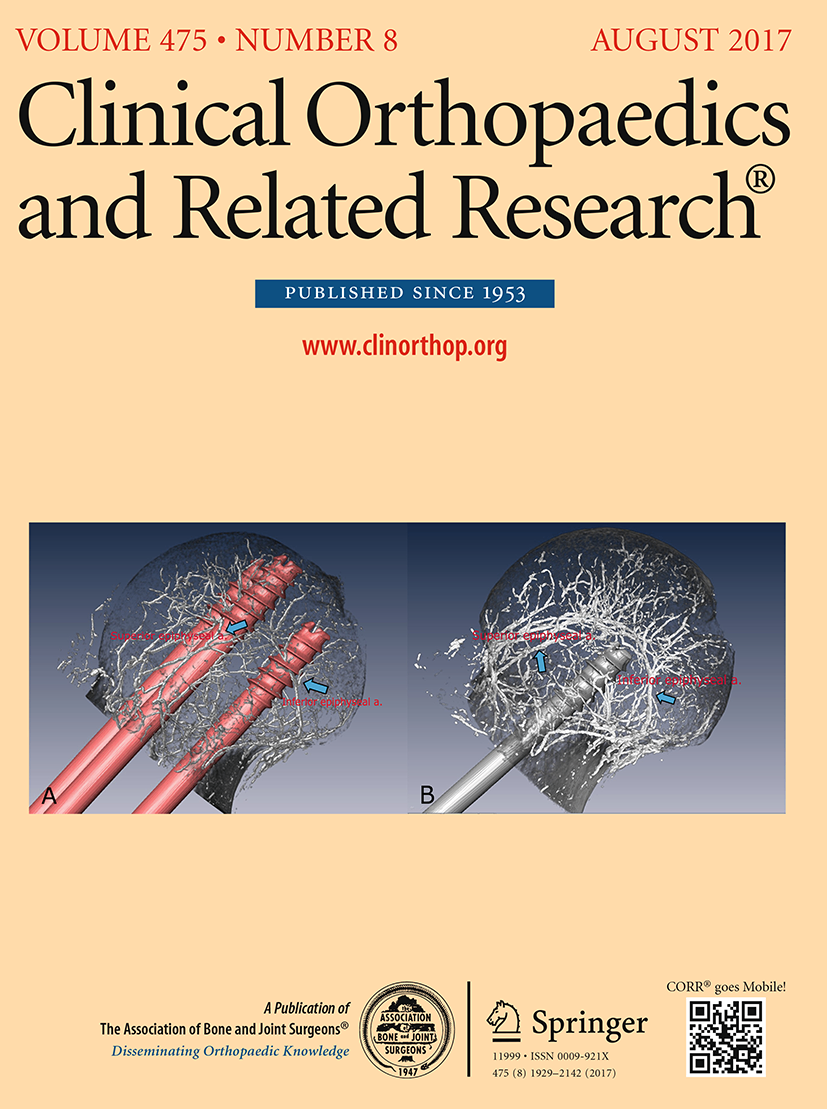
Calcifying tendinitis of shoulder: high- vs low-energy extracorporeal shock wave therapy

Calcifying tendinitis of shoulder: high- vs low-energy extracorporeal shock wave therapy
High-energy Versus Low-energy Extracorporeal Shock Wave Therapy for Calcifying Tendinitis of the Shoulder: Which is Superior? A Meta-analysis
Clin Orthop Relat Res. 2014 Sep;472(9):2816-25. doi: 10.1007/s11999-014-3680-0. Epub 2014 May 29.Did you know you're eligible to earn 0.5 CME credits for reading this report? Click Here
Synopsis
This meta-analysis/systematic review identified 5 randomized controlled trials (359 patients) that compared high- to low-energy extracorporeal shock wave therapy (ESWT) for calcifying tendinitis of the shoulder. The aim of this analysis was to investigate functional outcome using Constant-Murley scores and radiologic resorption of calcium deposits between groups. High-energy ESWT showed a greater ...
To view the full content, login to your account,
or start your 30-day FREE Trial today.
FREE TRIAL
LOGIN
Forgot Password?
Explore some of our unlocked ACE Reports below!

Learn about our AI Driven
High Impact Search Feature
Our AI driven High Impact metric calculates the impact an article will have by considering both the publishing journal and the content of the article itself. Built using the latest advances in natural language processing, OE High Impact predicts an article’s future number of citations better than impact factor alone.
Continue



 LOGIN
LOGIN

Join the Conversation
Please Login or Join to leave comments.